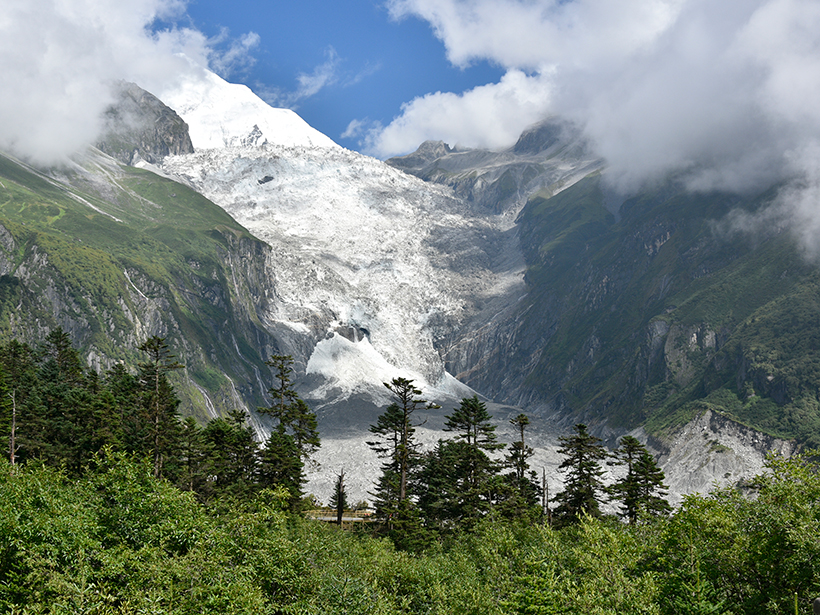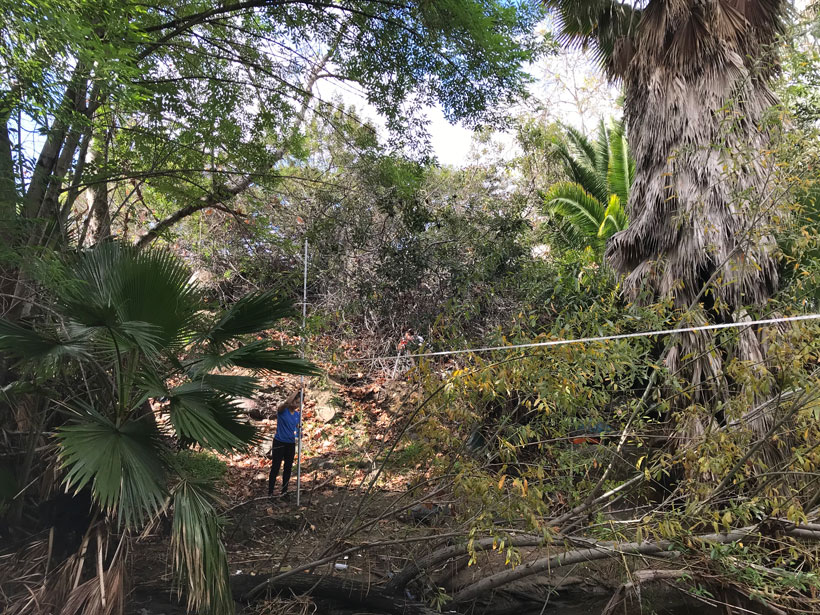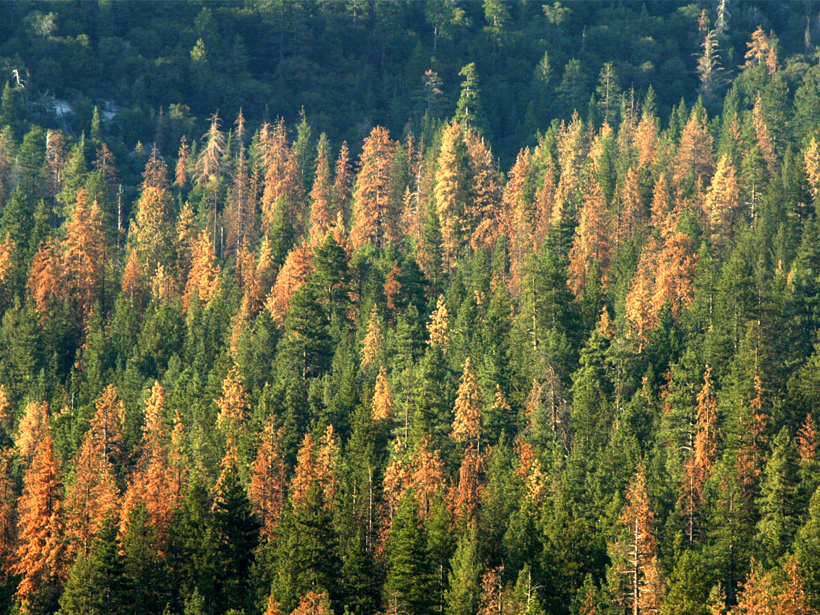New research examines how shifts in aboveground ecology influence belowground hydrology in the Arctic.
plants
Removal of Ozone Air Pollution by Terrestrial Ecosystems
Tropospheric ozone is removed at Earth’s surface through uptake by plant stomata and other nonstomatal deposition pathways, with impacts on air pollution, ecosystem health, and climate.
Reforestation as a Local Cooling Mechanism
Reforestation has been shown to cool surface temperatures, and a novel study suggests it may also reduce air temperature up to several stories above the ground.
Climate Change Will Reduce Spanish Olive Oil Production
Increased droughts will reduce southern Spain’s olive oil output by 30% before the end of the century.
Early Sprouting of Leaves Enhances Northern Hemisphere Warming
As leaf out has been advancing 4–5 days per decade, scientists say the effect of vegetation on climate remains poorly understood.
New England Forests Were Historically Shaped by Climate, Not People
A first-of-its-kind study combining paleoecology and archeology indicates that the New England landscape was not actively managed with fire prior to European arrival.
Wildfire Smoke Boosts Photosynthetic Efficiency
Wildfires can destroy large tracts of vegetation. But their smoke plumes may help crops and other plants use sunlight more efficiently.
The Give and Take of Mercury in Glacial Landscapes
As glacial ice melts, toxic mercury is released into the environment. But a new study shows vegetation may be an effective cleanup crew.
Iconic Palms Add to Fire Danger in Southern California
As fires burn across Southern California, researchers examine what role nonnative vegetation plays.
Foretelling Forest Death from Above
A satellite-based early-warning signal may spot the start of a forest’s decline and give forest managers more time to save its life.










